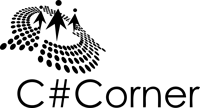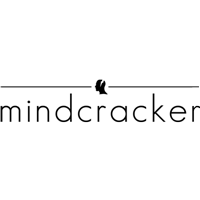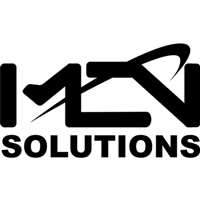


Why
AttendUnleash the Potential of Your Web Apps
Explore the latest advancements and best practices in React development. Gain the skills to build high-performing, scalable, and user-friendly web applications. This conference is your chance to level up your React expertise and unlock the potential of your projects.
Learn & Win
Hear from React experts and thought leaders about the latest advancements and best practices, plus get a chance to win awesome swag!
Connect
Network with fellow React developers from around the globe in our thriving online community.
Level-up
Gain valuable insights and practical skills to elevate your React development expertise. Plus, get a chance to win awesome conference swag!.
Convenience
Access world-class React education and inspiration from the comfort of your own home.

Enhance
ExperienceWelcome to React and Chill, the ultimate live virtual conference experience for React enthusiasts worldwide! Get ready to immerse yourself in a day of interactive learning, networking, and fun, all from the comfort of your own home.
Dive into topics like state management, component architecture, performance optimization, and more, led by industry-leading experts from around the globe.
Past
SpeakersGet a 360-degree perspective from business and technology experts about the opportunities, challenges and solutions organizations.
Apply to Speak
We’re throwing an epic virtual shindig for React devs who are as passionate about code as they are about kicking back. If you’re a React guru with a killer talk brewing, we want you on our stage (well, more like a comfy online hangout)!







